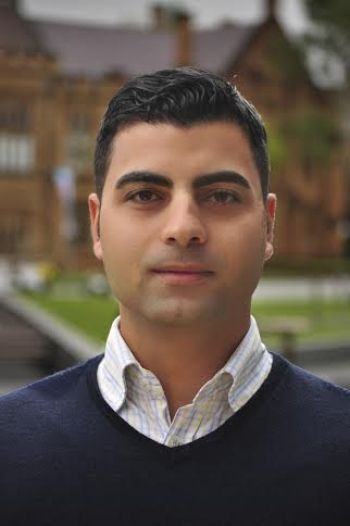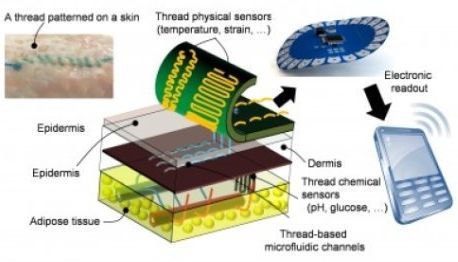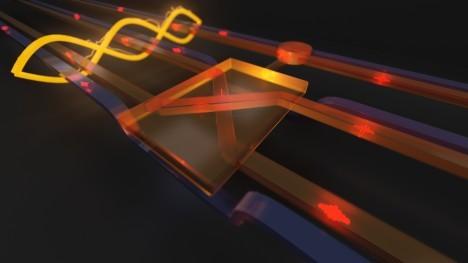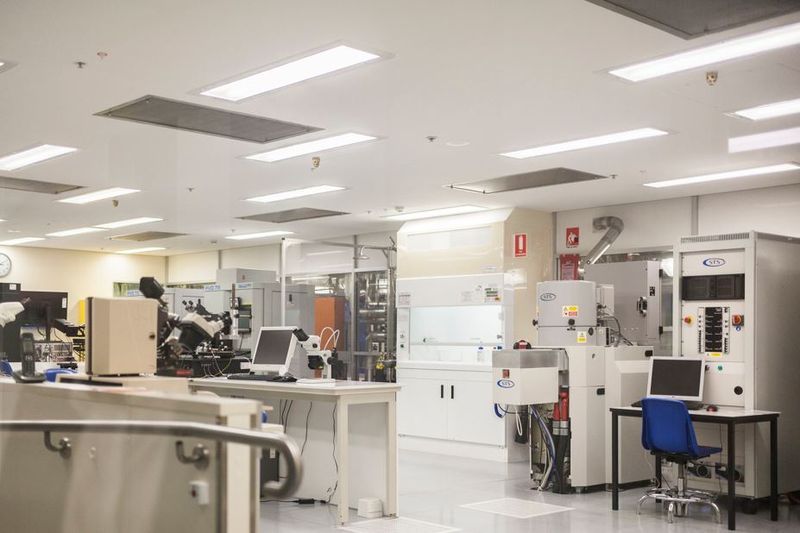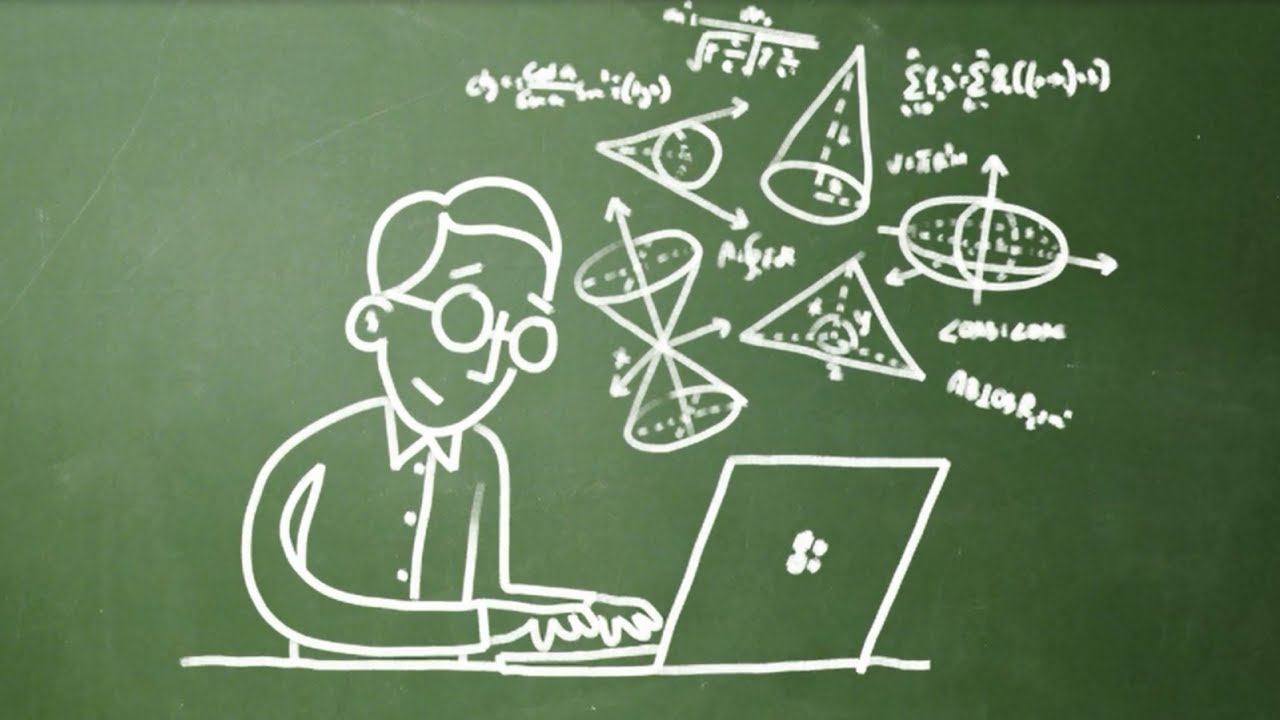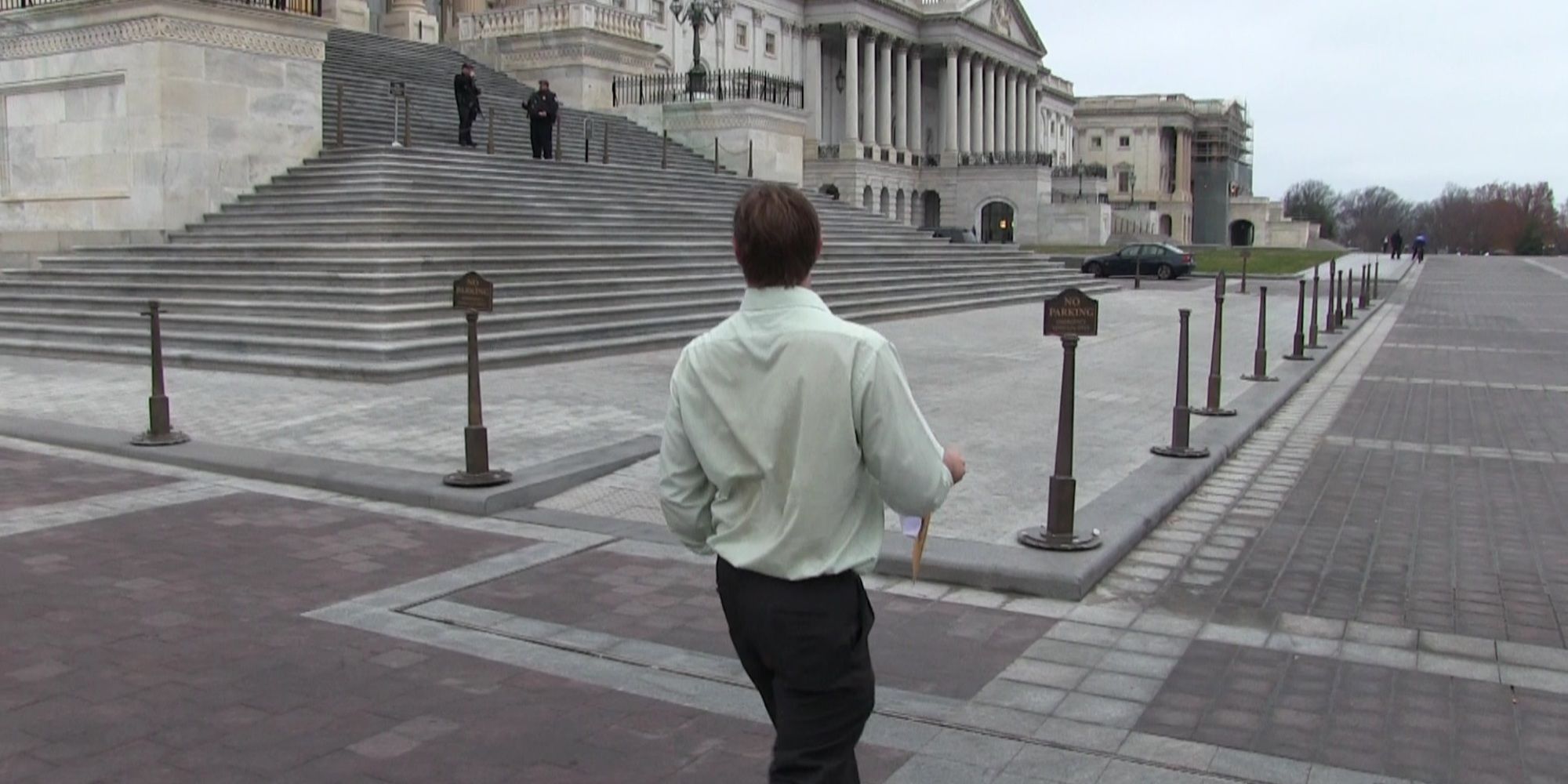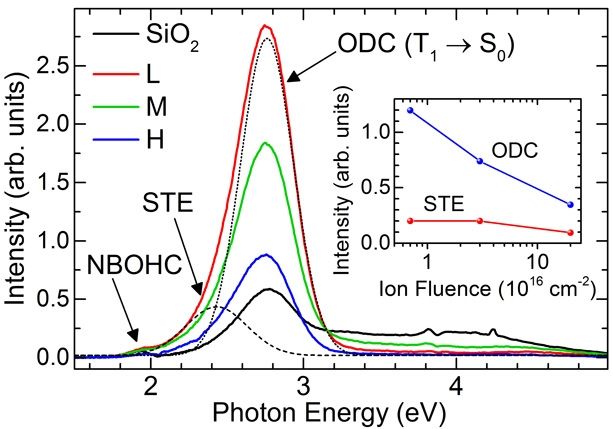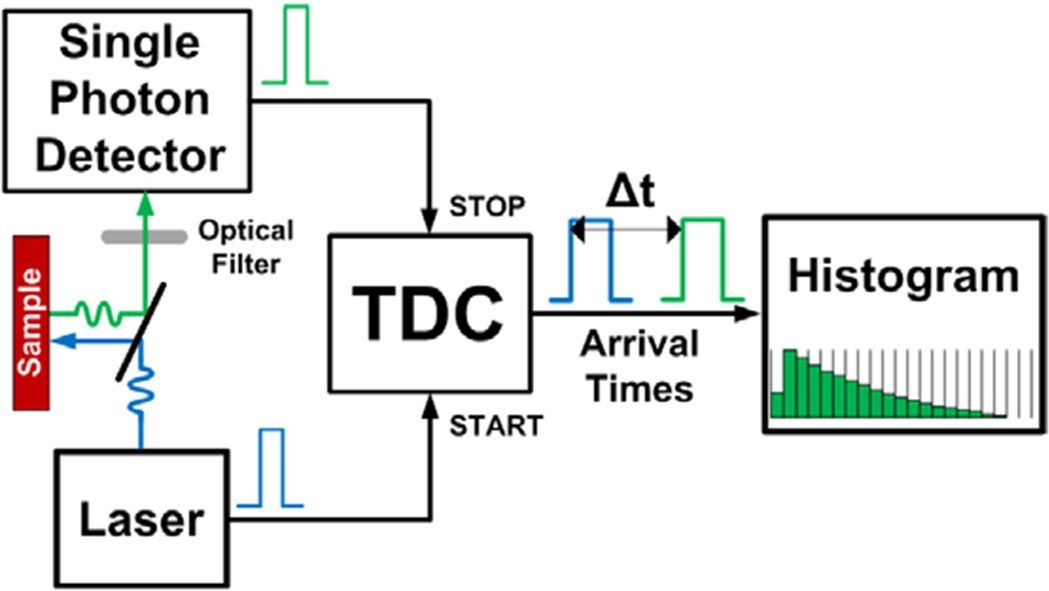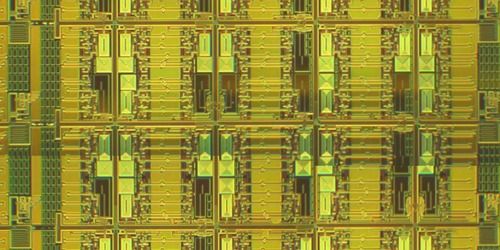This truly makes QC more practical on many fronts. First, no need for QC to reside in an “icebox” room/ environment. Second, with the recent findings on making quantum computing scalable; we now have a method in place to not make QC devices over heat as well. So, again another major step forward by Sydney and their partners in Switzerland and Germany.
http://www.itwire.com/development/73884-research-breakthrough-towards-‘practical’-quantum-computing-future.html
A group of international researchers, including a leading research from the University of Sydney, has made a breakthrough discovery, making a conducting carbon material that they demonstrated could be used to perform quantum computing at room temperature, rather than near absolute zero (−273°C).
The collaboration involved a team co-led by Dr Mohammad Choucair – who recently finished a University of Sydney research fellowship in the university’s School of Chemistry – and collaborators in Switzerland and Germany.
The material produced by the researchers is simply created by burning naphthalene, the ashes form the carbon material.
